Tungsten Carbide Balls Production Equipment
- Details
- Category: Tungsten Information
- Published on Wednesday, 10 September 2025 18:21
- Written by Zhenghua
- Hits: 47
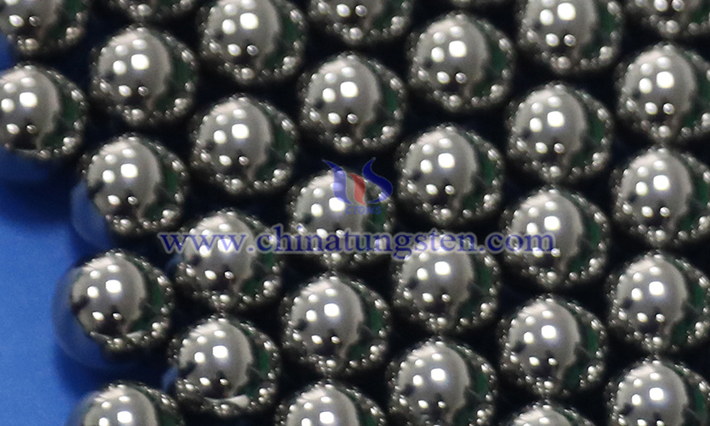
The production of tungsten carbide balls involves multiple precision processes, requiring equipment covering raw material processing, forming, sintering, and post-processing. The following are key pieces of equipment and their functions:
Production Technology of Tungsten Carbide Balls
- Details
- Category: Tungsten Information
- Published on Wednesday, 10 September 2025 17:49
- Written by Zhenghua
- Hits: 58
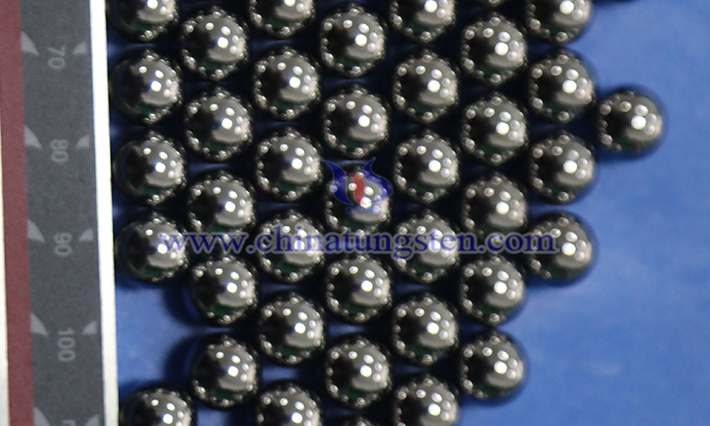
Tungsten carbide balls production primarily involves powder metallurgy, combined with high-precision machining and heat treatment techniques. The following are the key production steps and methods:
Tungsten Carbide Balls Manufacturing Process
- Details
- Category: Tungsten Information
- Published on Wednesday, 10 September 2025 17:45
- Written by Zhenghua
- Hits: 49
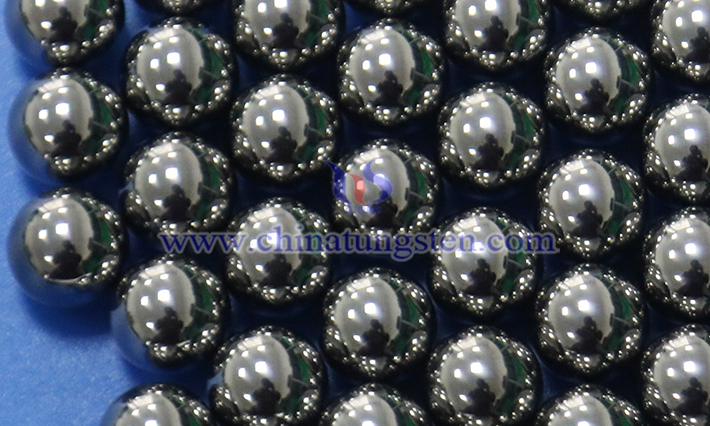
The manufacturing process for tungsten carbide balls primarily includes the following steps, covering the entire process from raw material preparation to finished product inspection:
Tungsten Carbide Balls Production Steps
- Details
- Category: Tungsten Information
- Published on Wednesday, 10 September 2025 17:47
- Written by Zhenghua
- Hits: 52
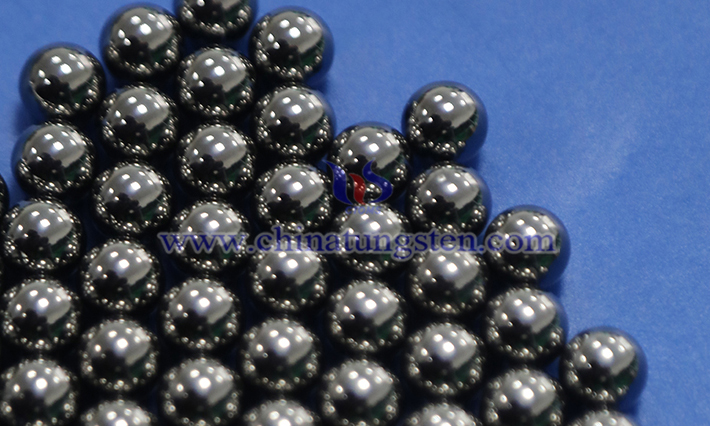
The production of tungsten carbide balls incorporates advanced technologies such as powder metallurgy, precision pressing, and high-temperature sintering. Each step requires strict control to ensure the product possesses superior properties such as high hardness, high wear resistance, and corrosion resistance.
The Effect of Crystal Structure on the Properties of Cemented Carbide Balls
- Details
- Category: Tungsten Information
- Published on Wednesday, 10 September 2025 17:42
- Written by Zhenghua
- Hits: 49
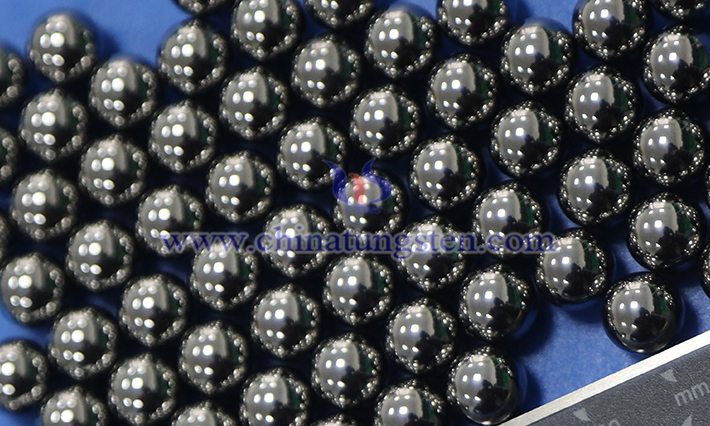
Cemented carbide balls are spherical products made through powder metallurgy, using tungsten carbide (WC) as the primary hard phase and a metal such as cobalt (Co) as a binder phase. Their crystal structure (including the crystal type, lattice parameters, defects, and interfacial structure of the hard and binder phases) plays a decisive role in properties such as hardness, toughness, wear resistance, and corrosion resistance.
Read more: The Effect of Crystal Structure on the Properties of Cemented Carbide Balls





 sales@chinatungsten.com
sales@chinatungsten.com